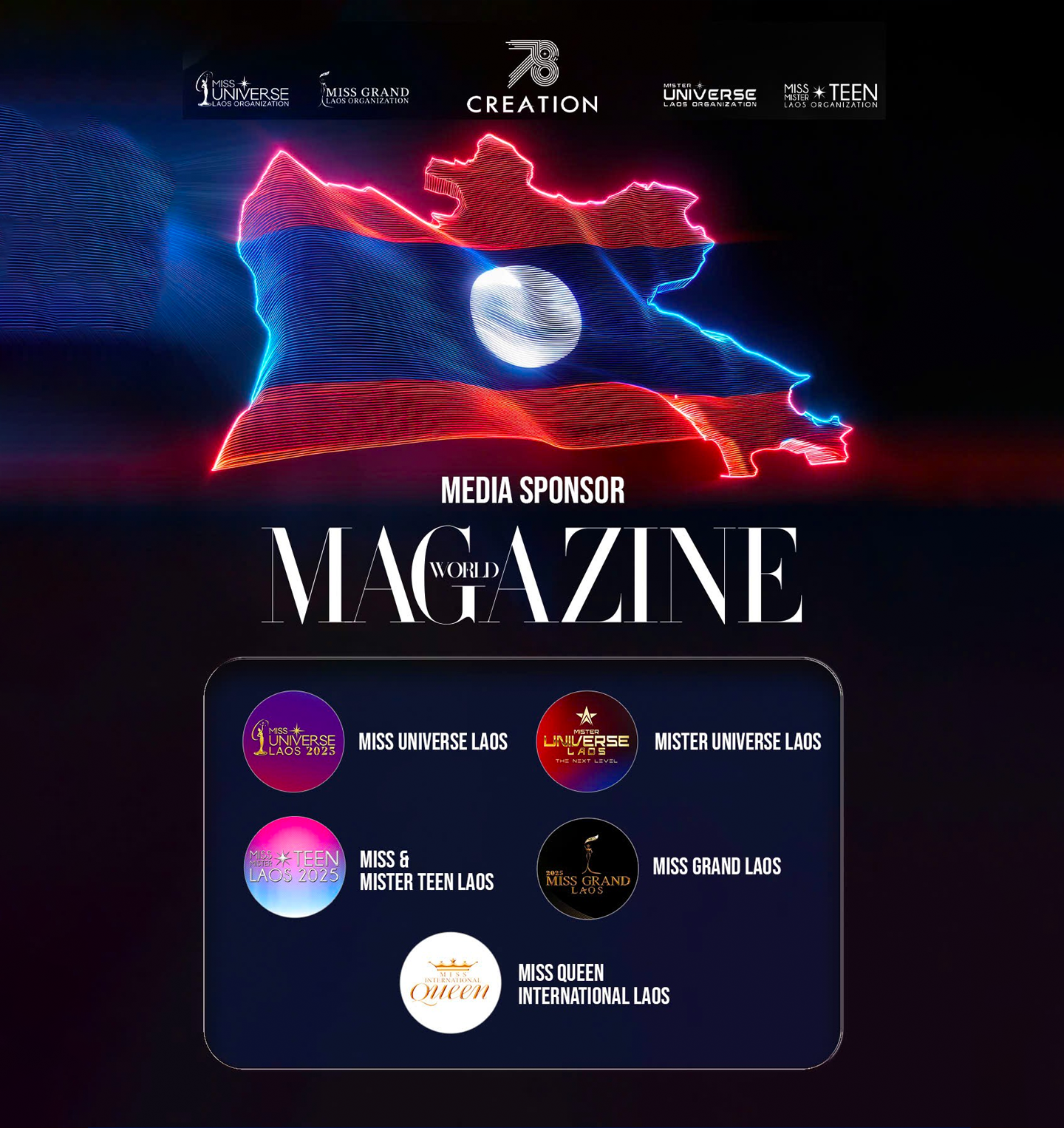If you’ve ever had mysterious red bumps or irritation around your mouth, nose, or chin, you might be dealing with something more specific than acne. Perioral dermatitis—a sneaky, common skin condition—has become a buzzword in dermatology offices and beauty circles alike. From social media confessions to sudden flare-ups that mimic breakouts, this inflammation-driven rash is making headlines for a reason. Here’s what dermatologists want you to know—and how to treat it effectively.
What is perioral dermatitis?
If your skin around the mouth seems constantly irritated, inflamed, or dotted with small red bumps, it might not be a random breakout. It could be perioral dermatitis. According to Dr. Shereene Idriss, a board-certified dermatologist, “Perioral dermatitis is a localized rash that usually appears around the mouth, often looking like tiny red bumps or flaky skin. It can be asymptomatic or come with a burning or itchy sensation.”
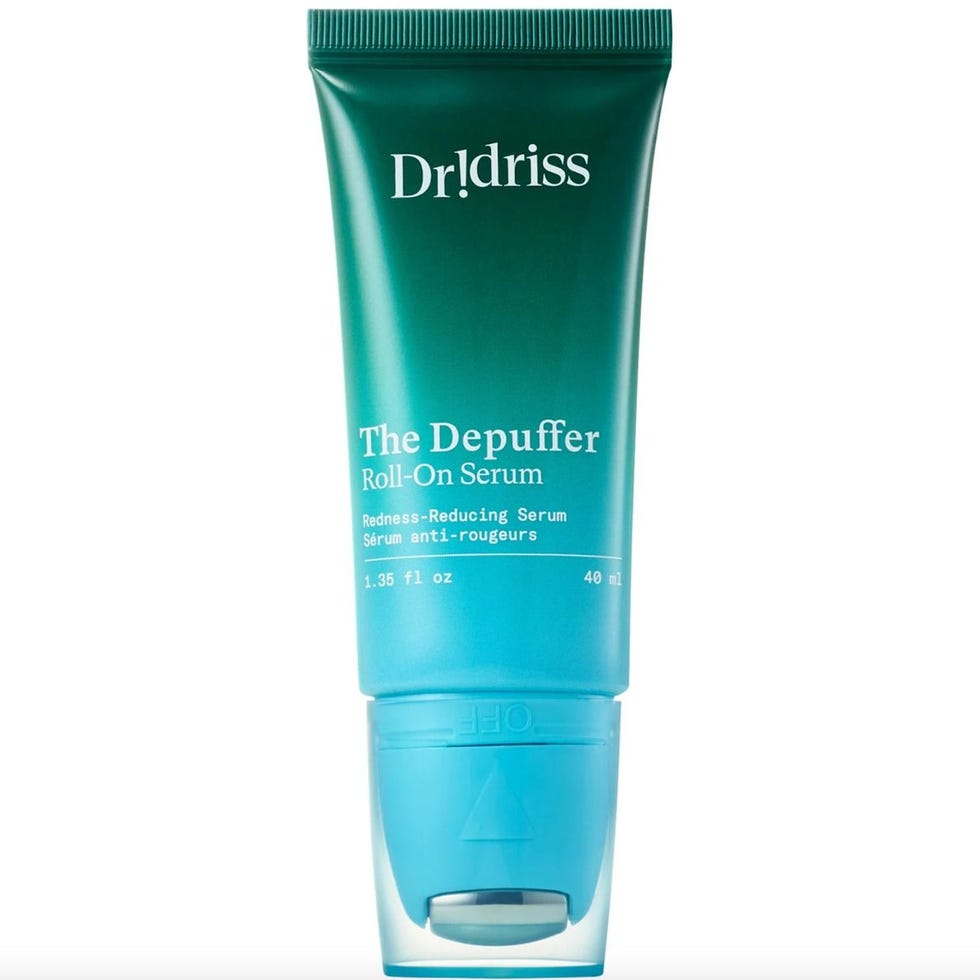
While the condition isn’t new, it has been receiving more attention thanks to social media. “It tends to affect women between 18 and 40—the same group that’s highly active in health and skincare conversations online,” says Dr. Idriss. And celebrities are helping to bring it into the mainstream: Hailey Bieber, for example, has publicly shared her experience managing the condition.
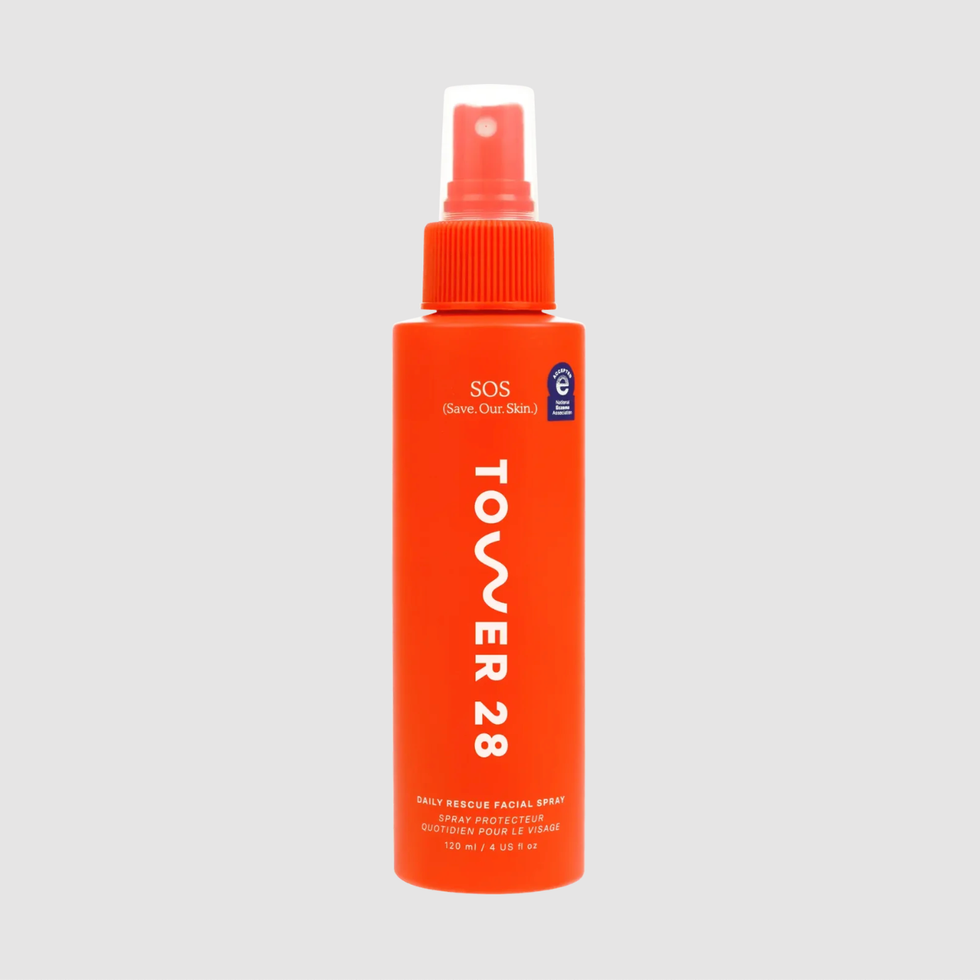
Part of what makes perioral dermatitis so tricky is that it closely resembles other skin concerns like acne or rosacea. Dr. Dhaval Bhanusali explains, “It’s characterized by red papules around the peri-orificial area—meaning the skin surrounding the mouth, nose, or eyes. It can be easily mistaken for other conditions, which makes it hard to treat correctly without professional help.”
Why it’s suddenly everywhere
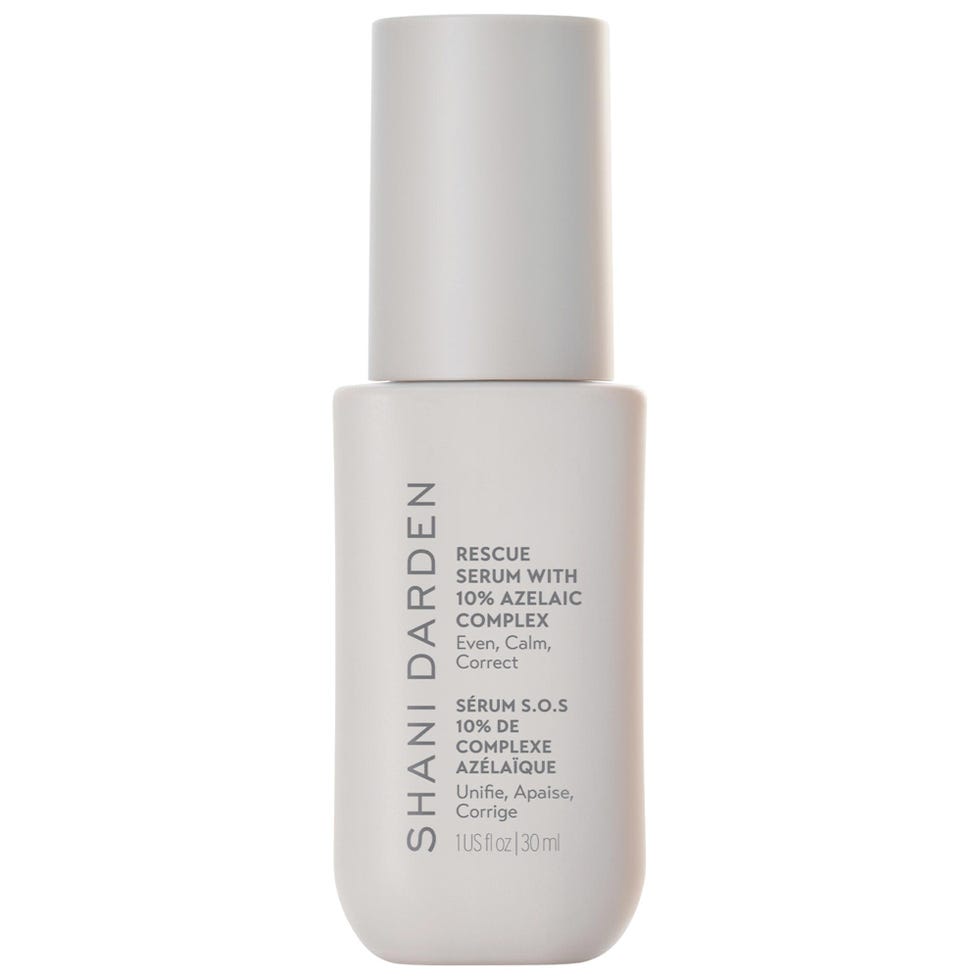
The recent surge in perioral dermatitis cases isn’t just a coincidence. According to dermatologists, the pandemic played a role. “Masks combined with multiple skincare layers created the perfect storm in 2020, and cases spiked,” Dr. Idriss says. Now, with warmer weather and increased humidity, flare-ups are continuing.
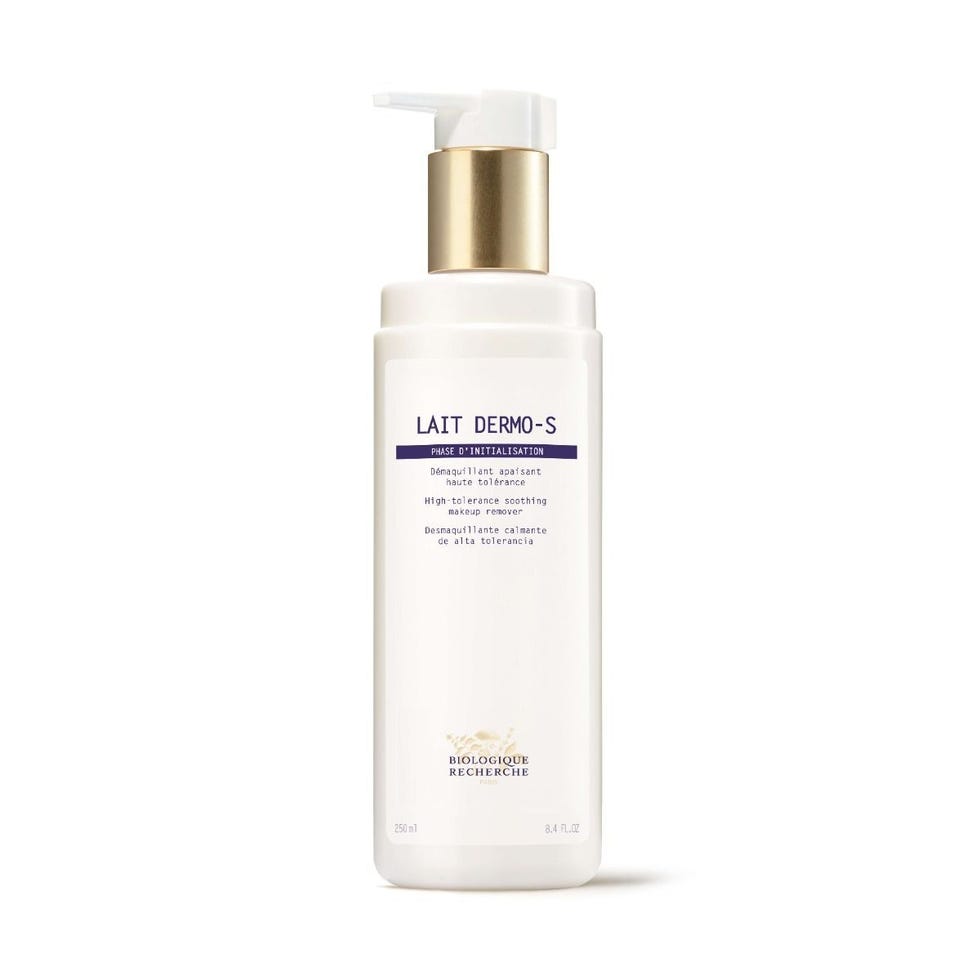
What makes perioral dermatitis especially frustrating is that even the most diligent skincare enthusiasts can develop it. “You can be double-cleansing, using gentle products, hydrating regularly—and still get flare-ups,” says Dr. Idriss. Hormonal shifts (such as changes in birth control), environmental stressors, and even something as simple as switching to a fluoride toothpaste can contribute.
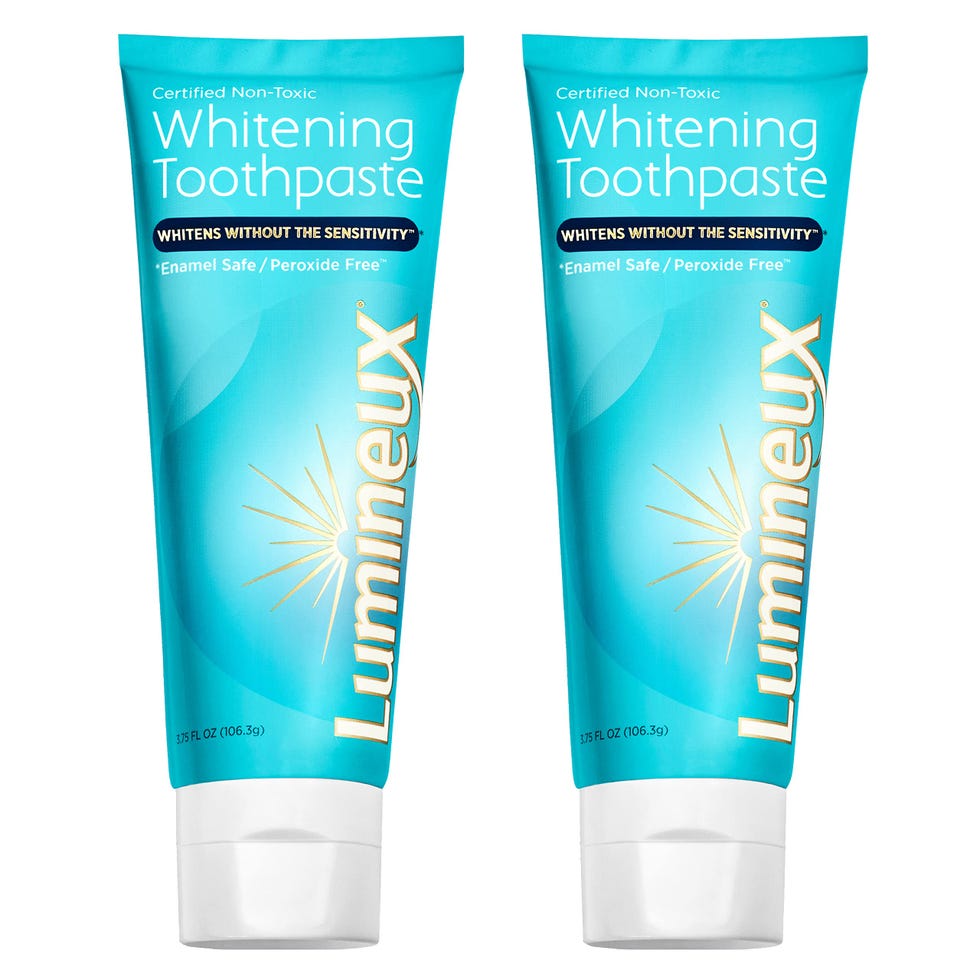
Overuse of actives like AHAs, BHAs, or retinoids also plays a significant role. And ironically, cutting back on topical steroids can also trigger a reaction, especially after prolonged use. In other words, the skin’s barrier is often compromised in ways you might not notice until the bumps show up.
How to tell if you have it
Since perioral dermatitis mimics acne and rosacea, many people unknowingly treat it the wrong way. “It’s often confused with acne and then made worse with harsh acids and exfoliants,” says Dr. Bhanusali. That’s why it’s crucial to not self-diagnose and aggressively treat with the wrong ingredients.
So how do you know it’s not acne? Dr. Idriss offers a clue: “You usually feel perioral dermatitis before you see it. There’s a very particular sensation—itchy, burning, almost tingly across the bottom of your nose or mouth, like you’ve been blowing your nose too much. Then tiny, evenly sized red bumps start clustering around the corners of the nose and lips.”
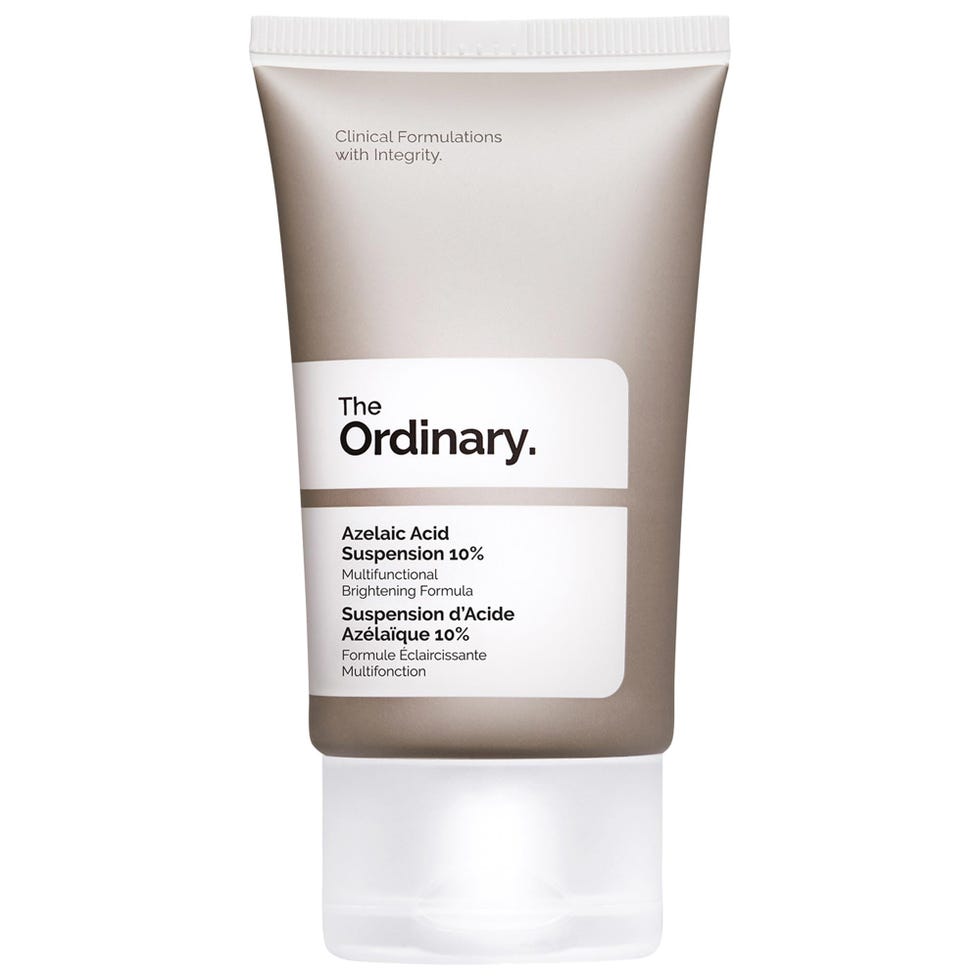
If you’re noticing these signs, the best first step is to scale back. “Stop using active ingredients immediately. No exfoliating acids, no retinoids, no physical scrubs,” Idriss advises. Instead, go into “barrier-repair mode,” prioritizing gentle, soothing, and non-oil-based products that support the skin’s natural balance.
What triggers it—and what to avoid
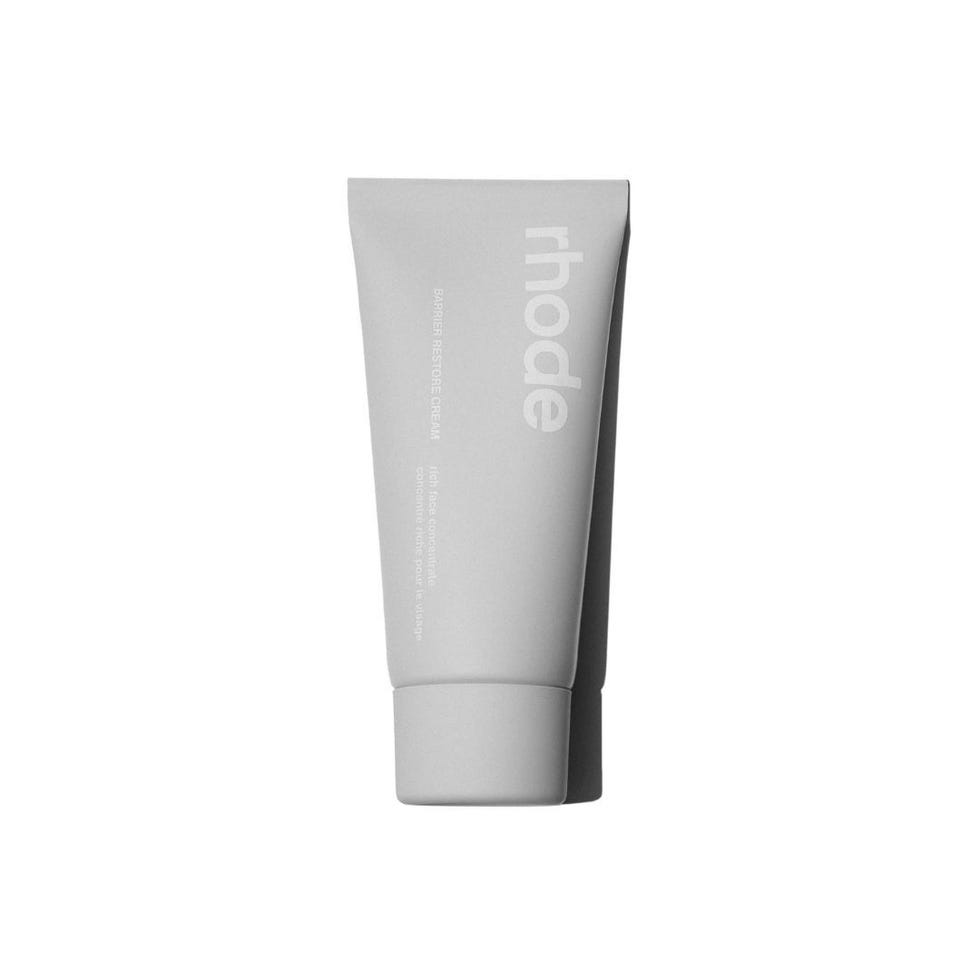
Perioral dermatitis is a trigger-based condition, meaning that it can flare up due to a wide variety of environmental or lifestyle changes. Identifying and eliminating your specific triggers is one of the most effective steps you can take.
Some of the most common culprits include:
Fluoride toothpaste
Oil-based skincare products
Topical steroids
Harsh exfoliants or actives
Hormonal changes
Heat, sweat, or humidity]
Overuse of occlusive products under masks
If you live in a humid climate, keep your routine light and breathable. In drier environments, opt for thin layers of hydration rather than heavy moisturizers. “The simpler, the better,” Dr. Idriss says. Stripping your routine down to a non-foaming, non-oil-based cleanser and a lightweight moisturizer is often all your skin needs to start healing.
What actually works to treat it
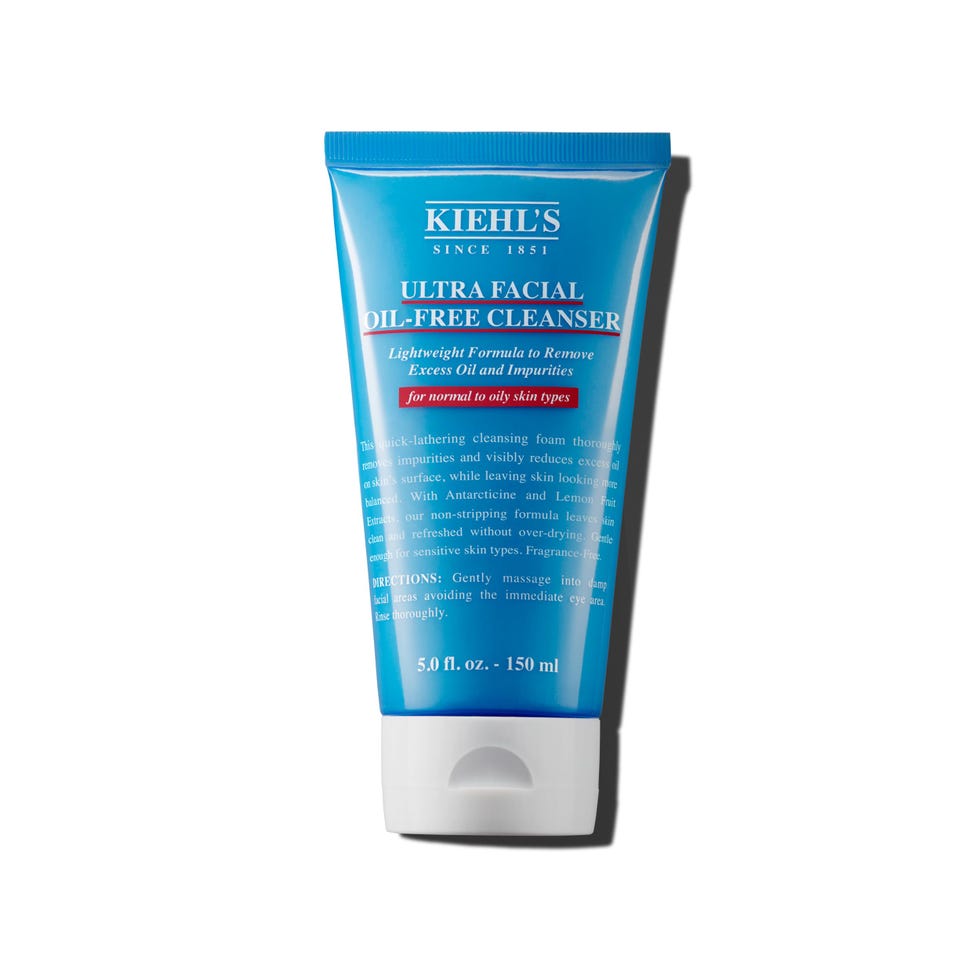
Once you’ve identified the problem and cut out irritants, it’s time to begin the healing phase. Dr. Idriss swears by a DIY method that’s surprisingly simple: apply arnica to calm inflammation, then follow with a zinc oxide-based diaper cream. “It sounds funny, but it works. Zinc soothes the skin while providing a barrier to help reduce irritation.”
Another widely recommended ingredient is azelaic acid. “It’s one of my favorite ingredients for perioral dermatitis,” says Dr. Bhanusali. “It kills bacteria like an acne treatment but also reduces inflammation, so it targets both causes and symptoms.” Azelaic acid is available in over-the-counter formulations, but stronger concentrations may require a prescription.
And if your symptoms are persistent, painful, or worsening, don’t hesitate to visit a dermatologist. “Sometimes a short course of oral antibiotics is necessary to calm the skin,” Dr. Bhanusali adds. The goal isn’t to medicate long-term, but to give your skin a break while removing whatever’s causing the inflammation.
Is it forever?
Here’s the good news: perioral dermatitis is not permanent. But since it’s driven by triggers, flare-ups may return. The best defense is to maintain a balanced skincare routine and keep track of what causes your skin to react. With time, patience, and a little detective work, most people can manage the condition effectively.
“It’s not about finding the perfect product,” says Dr. Idriss. “It’s about listening to your skin, being gentle, and making changes when something clearly isn’t working.”
The bottom line
Perioral dermatitis may be frustrating, but it’s also manageable. If you’re experiencing redness, bumps, or irritation around your mouth, eyes, or nose, the most important step is to simplify. Drop the actives. Rebuild your barrier. And remember: sometimes less is so much more when it comes to healing your skin.




